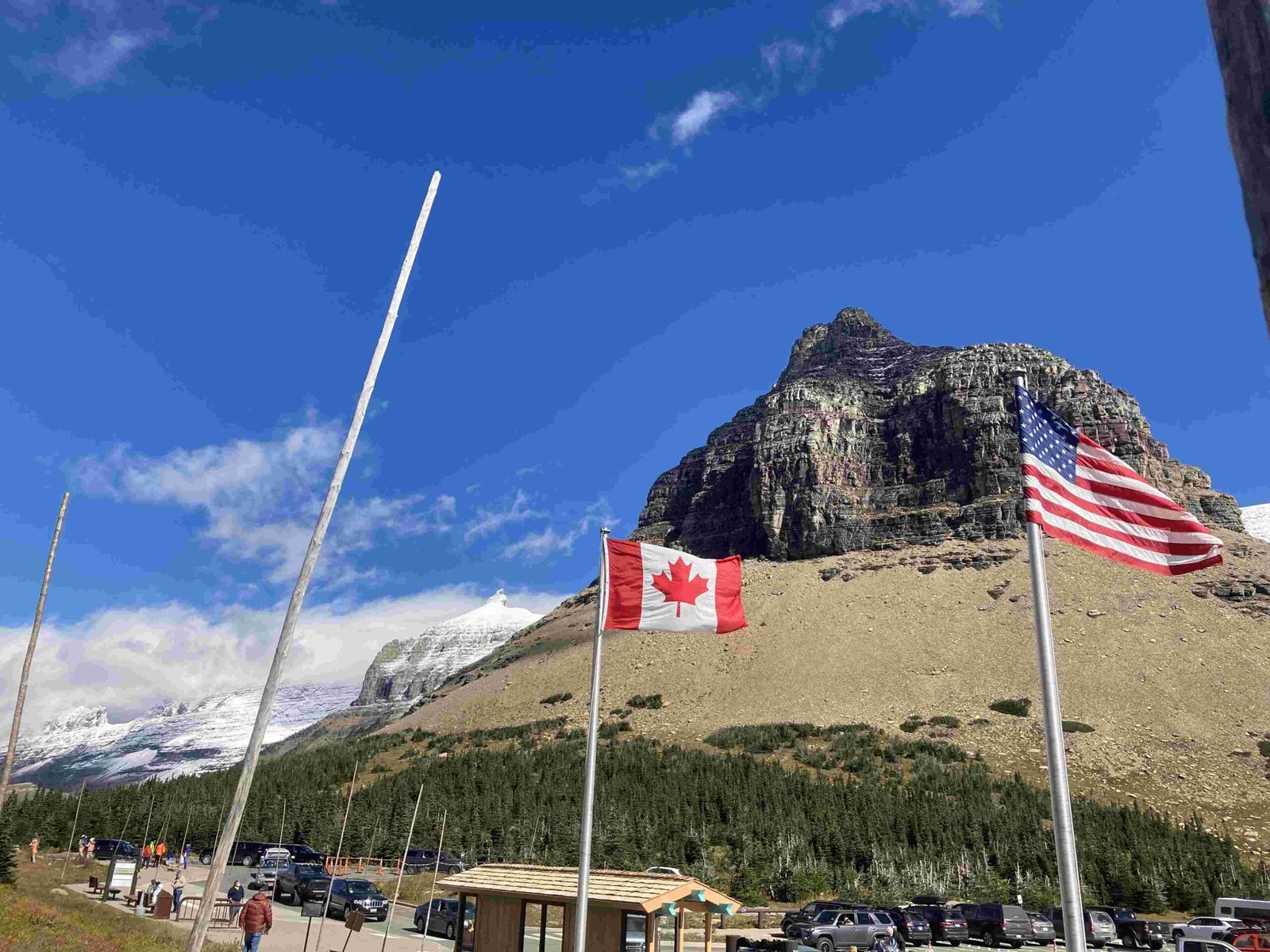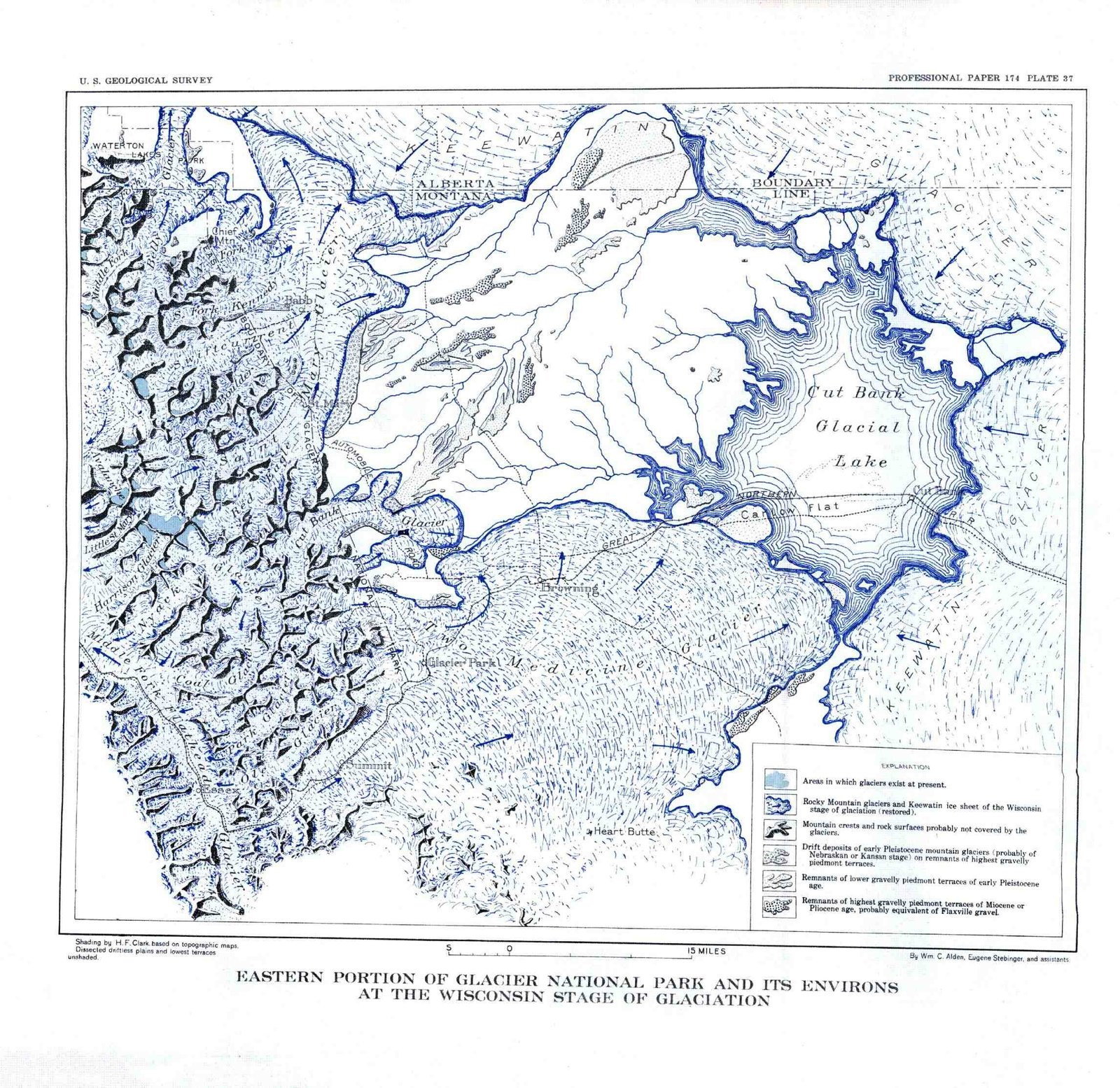Glacier National Park, renowned for its stunning glacial landscapes and diverse ecosystems, is not typically associated with natural springs. While the park boasts over 700 lakes and numerous streams fed by glacial meltwater, true natural springs are not a prominent feature. This guide explores the water resources of Glacier National Park, including its lakes, streams, and the absence of well-documented natural springs, providing visitors with a comprehensive understanding of the park’s hydrological features and their significance to the ecosystem.
What Are the Main Water Features in Glacier National Park?

Glacier National Park’s water features primarily consist of:
- Glacial Lakes
- Mountain Streams
- Waterfalls
- Snowfields and Glaciers
These water sources play a crucial role in the park’s ecosystem, supporting diverse wildlife and vegetation. While natural springs are not a significant feature, the park’s water resources are abundant and varied.
Are There Any Natural Springs in Glacier National Park?

Contrary to what the term “Glacier National Park natural springs” might suggest, there are no well-documented natural springs within the park boundaries. The park’s hydrology is primarily characterized by:
- Glacial meltwater
- Snowmelt runoff
- Mountain streams and rivers
- Alpine lakes
The absence of notable natural springs doesn’t diminish the park’s hydrological importance. Instead, it highlights the unique glacial and alpine water systems that define Glacier National Park’s landscape.
How Do Glaciers Contribute to the Park’s Water Resources?
Glaciers play a vital role in Glacier National Park’s water system:
- Meltwater Source: Glaciers provide a consistent source of cold, clean water throughout the year.
- Lake Formation: Many of the park’s lakes were formed by glacial activity.
- Stream Flow: Glacial meltwater feeds numerous streams and rivers in the park.
- Ecosystem Support: The cold water from glaciers supports unique aquatic ecosystems.
| Glacier Impact | Description |
|---|---|
| Water Supply | Provides year-round water source |
| Lake Creation | Carved out basins for alpine lakes |
| Stream Feeding | Maintains flow in streams and rivers |
| Biodiversity | Supports cold-water species |
What Are the Most Notable Lakes in Glacier National Park?
While natural springs may be absent, Glacier National Park boasts numerous stunning lakes:
- Lake McDonald
- St. Mary Lake
- Two Medicine Lake
- Bowman Lake
- Iceberg Lake
These lakes offer visitors breathtaking views and opportunities for activities such as:
- Boating
- Fishing
- Photography
- Wildlife viewing
How Does the Park’s Water System Affect Wildlife?
The water system in Glacier National Park, despite the lack of natural springs, is crucial for wildlife:
- Diverse Habitats: Lakes and streams create varied habitats for aquatic and terrestrial species.
- Migration Routes: Water bodies serve as corridors for animal movement.
- Breeding Grounds: Many species rely on the park’s water features for reproduction.
- Food Sources: The aquatic ecosystems support a rich food web.
Wildlife commonly observed near water sources include:
- Grizzly bears
- Moose
- Bald eagles
- Cutthroat trout
- Mountain goats
What Hiking Trails Offer the Best Water Views in Glacier National Park?
While there are no trails specifically for natural springs, several hikes showcase the park’s water features:
- Iceberg Lake Trail
- Length: 9.7 miles round trip
- Difficulty: Moderate to strenuous
-
Highlights: Alpine lake with icebergs
-
Grinnell Glacier Trail
- Length: 10.6 miles round trip
- Difficulty: Strenuous
-
Highlights: Glacial lakes and Grinnell Glacier
-
Hidden Lake Overlook
- Length: 2.7 miles round trip
- Difficulty: Moderate
- Highlights: Panoramic views of Hidden Lake
How Does Climate Change Impact Glacier National Park’s Water Resources?
Climate change significantly affects Glacier National Park’s water system:
- Glacier Retreat: Rapid melting of glaciers alters water availability.
- Seasonal Flow Changes: Earlier spring runoff affects stream flow patterns.
- Water Temperature: Warming waters impact aquatic ecosystems.
- Lake Levels: Changing precipitation patterns influence lake water levels.
These changes have far-reaching consequences for the park’s flora, fauna, and overall ecosystem balance.
What Conservation Efforts Protect Glacier National Park’s Water Resources?
To preserve Glacier National Park’s water resources, several conservation initiatives are in place:
- Water Quality Monitoring: Regular testing of lakes and streams.
- Invasive Species Prevention: Measures to prevent aquatic invasive species introduction.
- Watershed Protection: Efforts to maintain the integrity of the park’s watersheds.
- Climate Change Research: Ongoing studies to understand and mitigate climate impacts.
- Visitor Education: Programs to inform visitors about water conservation and protection.
How Can Visitors Responsibly Enjoy Glacier National Park’s Water Features?
Visitors can responsibly enjoy the park’s water resources by:
- Following Leave No Trace principles
- Using designated water access points
- Properly disposing of waste
- Avoiding the use of soaps or detergents in natural water bodies
- Respecting wildlife and maintaining safe distances
By adhering to these guidelines, visitors help preserve the park’s pristine water features for future generations.
What Are the Best Seasons to Experience Glacier National Park’s Water Resources?
Each season offers unique experiences of Glacier National Park’s water features:
| Season | Water Feature Highlights |
|---|---|
| Spring | Rushing waterfalls, high stream flows |
| Summer | Accessible alpine lakes, water activities |
| Fall | Colorful reflections in calm waters |
| Winter | Frozen waterfalls, snow-covered lakes |
While summer offers the most accessibility, each season provides distinct opportunities to appreciate the park’s water resources.
In conclusion, while Glacier National Park may not be known for natural springs, its diverse water features, from glacial lakes to mountain streams, offer visitors a wealth of natural beauty and ecological significance. Understanding and appreciating these resources is key to fully experiencing the wonders of this remarkable national park.
References:
1. Glacier National Park Official Website
2. USGS Glacier National Park Studies
3. National Park Service: Glaciers / Glacial Features